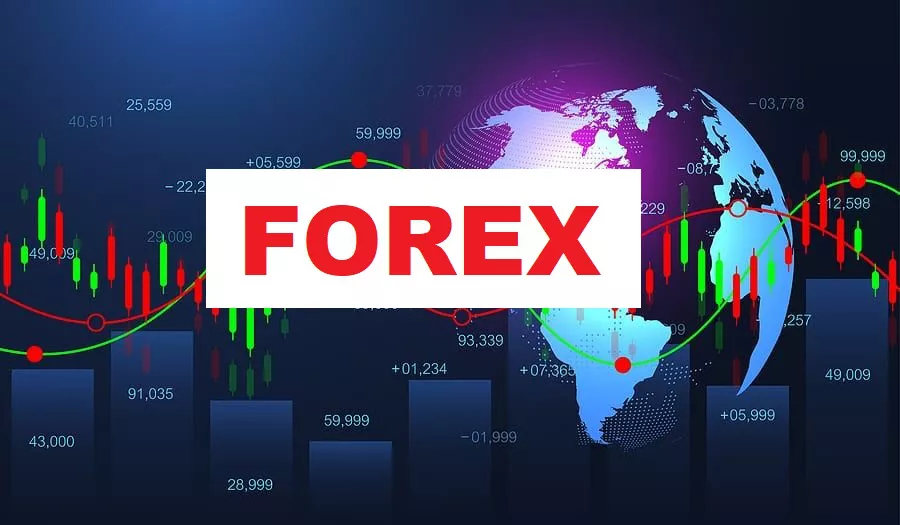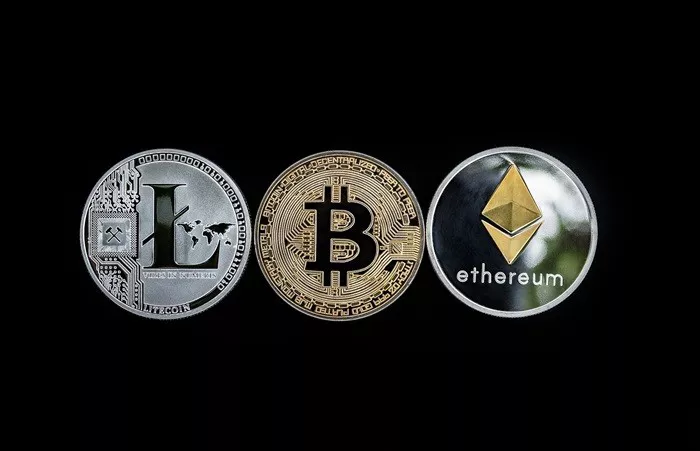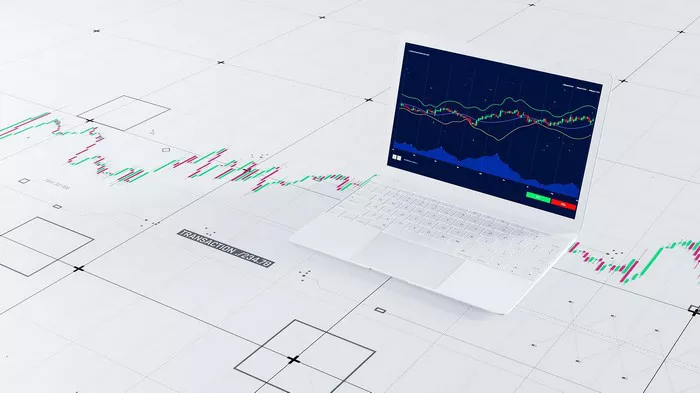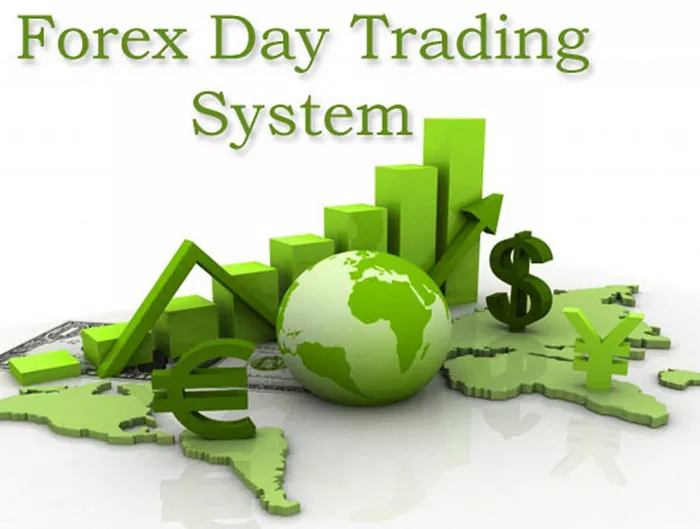Silver has been a valuable metal for centuries. It is used in jewelry, industry, and as an investment. Many countries have used silver as currency. The tael is a traditional unit of weight for silver. It is still used in some parts of Asia. Understanding how much a tael of silver is worth in USD requires knowledge of weight, purity, and market prices.
This essay will explain the tael measurement, the current price of silver, and how to calculate the value of a tael in USD. It will also discuss factors that affect silver prices. By the end, you will know how to determine the worth of a tael of silver.
What Is a Tael
A tael is a unit of weight. It is commonly used in China and other Asian countries. The exact weight of a tael can vary. In China, one tael is about 37.5 grams. In Hong Kong and Taiwan, it is slightly different. For this essay, we will use the Chinese measurement.
The tael is not an official metric unit. The metric system uses grams and kilograms. However, the tael is still used in some markets. Jewelers and silver traders may refer to it. Knowing the weight is the first step in calculating value.
The Price of Silver
Silver is traded on global markets. The price changes every day. It is affected by supply and demand. Economic conditions also influence the price. Investors buy silver as a safe-haven asset. Industries use it for electronics and solar panels.
The price of silver is usually quoted per troy ounce. One troy ounce is about 31.1 grams. To find the value of a tael, we must convert grams to troy ounces. Then we can use the current market price.
Calculating the Value of a Tael in USD
First, we need the current price of silver. Let us assume silver is $25 per troy ounce. One tael is 37.5 grams. One troy ounce is 31.1 grams.
To find the value of a tael, follow these steps:
Divide the weight of a tael by the weight of a troy ounce.
37.5 grams / 31.1 grams = 1.205 troy ounces
Multiply this by the price per troy ounce.
1.205 troy ounces * 25=30.13
So, one tael of silver would be worth about $30.13 in this example.
This calculation can change based on the current silver price. If silver is 20perounce,thevaluewouldbelower.Ifsilveris30 per ounce, the value would be higher.
Factors Affecting Silver Prices
Several factors influence the price of silver. Understanding these helps predict future value.
Supply and demand play a big role. Mines produce silver, but supply can be limited. If demand rises, prices go up. If demand falls, prices drop.
Economic conditions matter. In times of crisis, investors buy silver. This can drive prices higher. When the economy is strong, demand may decrease.
Currency values also affect silver. Silver is priced in USD. If the dollar weakens, silver becomes cheaper for foreign buyers. This can increase demand and raise prices.
Industrial use impacts silver. Many products require silver. If industries need more, prices rise. If they find alternatives, prices may fall.
Government policies can influence silver. Taxes, tariffs, and regulations affect trade. Changes in policy can impact prices.
Historical Value of Silver
Silver has been used as money for thousands of years. Ancient civilizations valued it. The Spanish dollar, or “piece of eight,” was made of silver. It was widely used in trade.
In the 19th century, many countries used the silver standard. Currency was backed by silver. Later, most switched to the gold standard. Today, no country uses a silver standard.
Silver prices have fluctuated over time. In the 1980s, prices were high due to speculation. In the 2000s, prices rose again. Investors sought safe assets after the financial crisis.
Understanding history helps predict future trends. Silver has always been valuable. Its price changes, but its importance remains.
Different Types of Silver
Not all silver is the same. Purity affects value. The most common types are:
Fine silver is 99.9% pure. It is used in bullion and jewelry.
Sterling silver is 92.5% pure. The rest is usually copper. It is common in jewelry and silverware.
Coin silver is 90% pure. It was used in old coins. Some collectors still trade it.
When calculating value, purity matters. A tael of fine silver is worth more than a tael of sterling silver. Always check the purity before buying or selling.
Where to Buy and Sell Silver
People buy silver from many places. Each has advantages and risks.
Banks sometimes sell silver bars. They are trusted but may charge high fees.
Jewelry stores sell silver items. Prices include craftsmanship, not just metal value.
Online dealers offer silver bullion. Prices are competitive, but shipping costs apply.
Auctions can have rare silver pieces. Prices depend on bidding.
Local coin shops buy and sell silver. They are convenient but may offer lower prices.
When selling silver, compare offers. Some buyers pay more than others. Always check the current market price first.
Investing in Silver
Some people invest in silver. It can protect against inflation. When prices rise, silver often holds its value.
There are different ways to invest:
Physical silver means buying bars or coins. You own the metal directly. Storage and insurance are needed.
Silver ETFs are funds that track silver prices. You do not own physical silver. It is easier to trade.
Mining stocks are shares in silver mining companies. Their value depends on production and profits.
Futures contracts are agreements to buy silver at a set price later. They are risky but can bring high rewards.
Each method has pros and cons. Choose based on your goals and risk tolerance.
Silver vs. Other Investments
Silver is just one investment option. Others include gold, stocks, and real estate.
Gold is more expensive than silver. It is less volatile but also less industrial use.
Stocks can grow faster but are riskier. Companies can fail, but silver will always have value.
Real estate provides rental income. It is less liquid than silver.
Diversifying is wise. Do not put all your money in one asset. Silver can be part of a balanced portfolio.
How to Store Silver
If you own physical silver, storage matters. Proper care prevents loss or damage.
Home storage is an option. Use a safe or hidden spot. Risk of theft is higher.
Bank safe deposit boxes are secure. You pay a fee but get protection.
Private vaults offer high security. They are expensive but very safe.
Insurance is recommended. It covers theft or damage. Check policy details before buying.
Common Mistakes When Buying Silver
New investors often make mistakes. Avoid these to protect your money.
Paying too much is a risk. Compare prices before buying.
Ignoring purity can lead to losses. Always verify the silver content.
Not checking reputation is dangerous. Buy from trusted dealers only.
Forgetting storage costs is a mistake. Factor in fees when calculating profits.
Rushing into decisions can be costly. Take time to research and plan.
Future of Silver Prices
Predicting prices is hard. Experts use trends and data to make guesses.
Some believe silver will rise. Demand from green energy and technology could increase.
Others think prices may fall. New mining technology could boost supply.
No one knows for sure. Stay informed and adjust your strategy as needed.
Conclusion
A tael of silver is a traditional weight measurement. Its value in USD depends on weight, purity, and market prices. By converting grams to troy ounces and using the current silver price, you can calculate its worth.
Silver prices change due to supply, demand, and economic factors. Investors use silver to protect wealth. It is important to buy from trusted sources and store it safely.
Understanding silver helps make smart financial decisions. Whether for investment or collection, knowing its value is key. Always research before buying or selling. Silver has been valuable for centuries, and its importance continues today.
Related topics:































